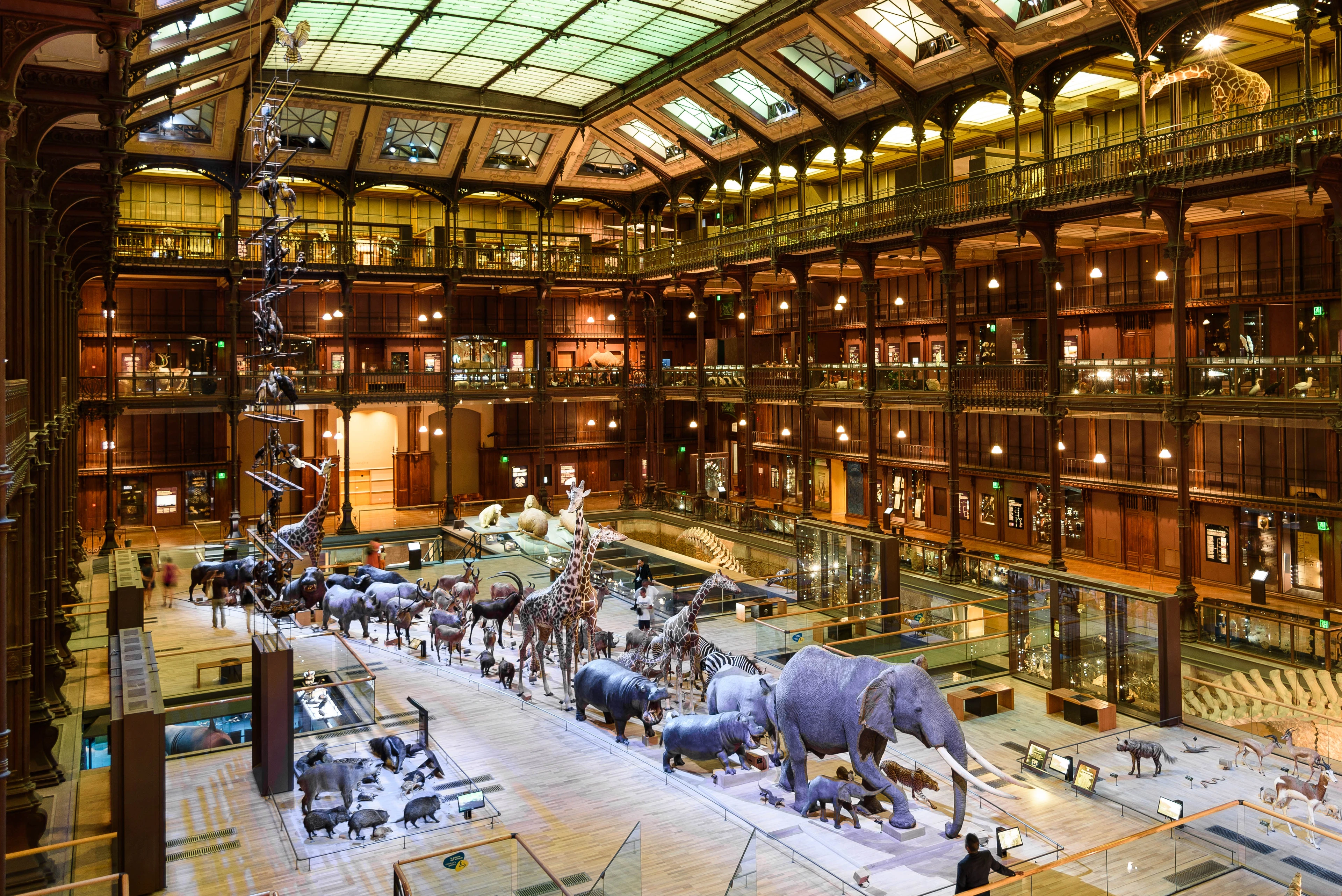
Museum Funding Decoded: Your Curator's Ultimate Guide to Financial Sustainability & Artistic Impact
Ever wondered how museums truly thrive? This curator's ultimate guide decodes the intricate world of museum funding, from public grants and private philanthropy to innovative earned income, endowments, and navigating complex ethical challenges for cultural sustainability and profound artistic impact. Get the authoritative insights you need.
Museum Funding Decoded: Your Curator's Ultimate Guide to Financial Sustainability & Artistic Impact
As a curator, one of the most frequent questions I encounter, perhaps right after 'Is that really art?', is undoubtedly, 'How does a museum actually keep its doors open?' It's a pertinent question, and a good one, reflecting a genuine curiosity about the infrastructure behind cultural institutions. Honestly, the intricacies of museum finance were a bit of a mystery to me too, until I really started digging into the mechanisms that underpin the art world. As an artist myself, I understand that behind every breathtaking piece lies a complex financial ecosystem, and in this guide, I'll pull back the curtain from my unique vantage point.
When you walk through a grand hall, marveling at an ancient artifact or a groundbreaking contemporary piece, it's easy to get lost in the sheer wonder. But behind every perfectly lit display, every meticulously preserved object, every educational program, and every dedicated staff member, there's a complex, often precarious, financial infrastructure at work. It’s a continuous, dynamic negotiation of budgets, philanthropy, earned income, and public trust that allows us to fulfill our mission. This public trust, by the way, isn't just given; it's earned through consistent transparency, ethical stewardship of collections, and a genuine commitment to serving the community – ensuring that every dollar, whether from a government grant or a small donation, is used to preserve and share our collective heritage. In this guide, I want to pull back the curtain on that fascinating, often surprising, world of museum funding. We'll journey from the historical foundations of wealth-based patronage to the complex, modern enterprise models involving public grants, private philanthropy, and innovative earned income streams, providing a holistic understanding of the financial ecosystem that keeps culture alive.
And remember, whether it's an encyclopedic institution, a specialized contemporary art space, or a university museum, each faces its own unique financial dance to stay afloat. My goal here is to offer not just an overview, but the ultimate resource for understanding this vital, often unseen, aspect of our cultural landscape – a roadmap, if you will, to the financial ecosystem that sustains our shared heritage.
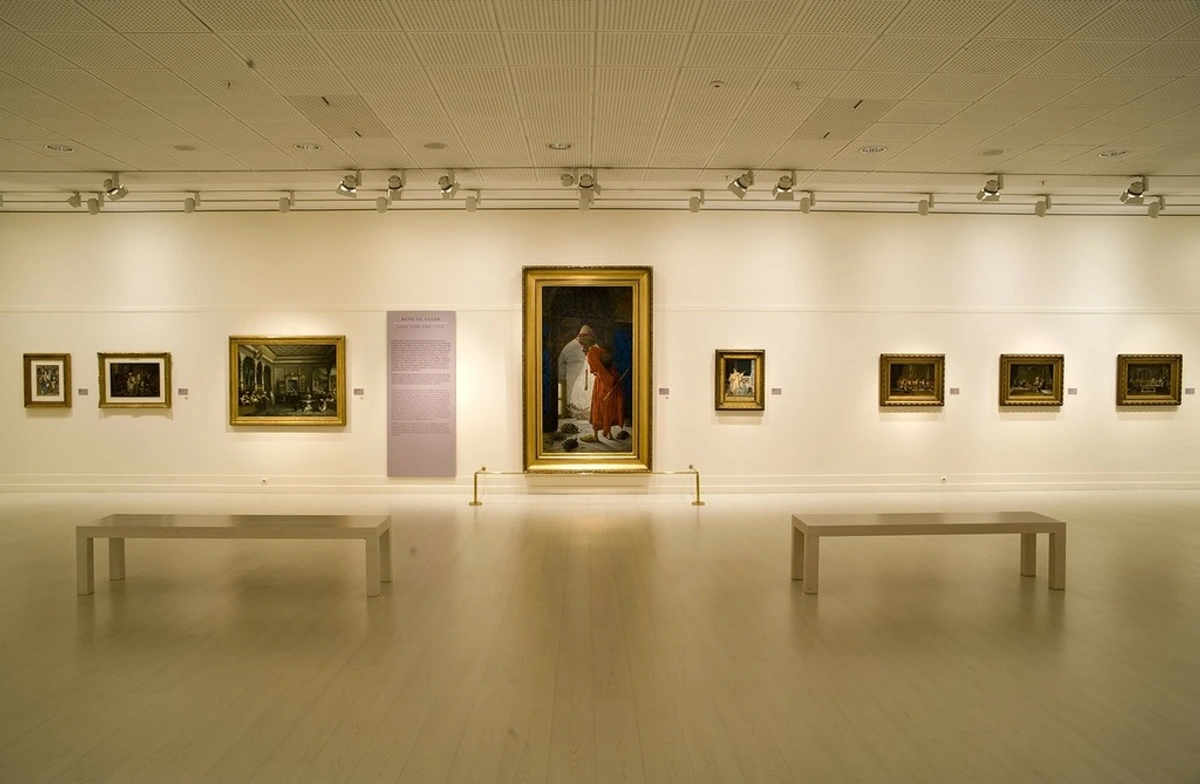
A Historical Lens: The Evolution of Museum Funding
Before we dive into the present, it's useful to briefly acknowledge the past. I often think about how the very concept of a museum has transformed over centuries. Historically, museums began largely as private collections of the wealthy – royalty, aristocrats, and early industrialists. Think of the Medici family's patronage in Renaissance Florence, or the private collections that eventually formed the core of institutions like the Hermitage and the Louvre, which started as royal palaces. Even religious institutions, with their vast collections of sacred art and relics, and early academic societies, with their cabinets of curiosities that fascinated figures like Sir Hans Sloane (whose collection seeded the British Museum), played a significant role in accumulating and preserving objects, often paving the way for public institutions. And even before that, you had early collecting societies or guilds, gathering and preserving specialized knowledge or crafts, laying some of the groundwork for organized preservation. These early patrons, driven by personal prestige, scholarly pursuits, or even religious devotion, funded their institutions entirely, shaping what we now understand as the earliest forms of curation and patronage. This tradition highlights how, from its inception, art has always required financial backing to be preserved and displayed, a journey you can trace through an art timeline.
Then, as societies began to recognize the broader public good in accessible cultural heritage, the concept of the "public museum" emerged. The Enlightenment, with its emphasis on knowledge dissemination, public education, and civic engagement, truly solidified this shift. Influential thinkers of the era, like Diderot and Voltaire, argued for the democratization of knowledge, moving treasures from private hands into public institutions. Institutions like the British Museum, founded in 1753 and initially funded by lottery and parliamentary grants, or even earlier, the Ashmolean Museum in Oxford (opened 1683), which was born from a private collection willed for public use, perfectly illustrate this shift towards public access and direct government or endowed support. Early philanthropic foundations also began to emerge, recognizing the long-term societal benefits of cultural preservation.
The 20th century, with its economic shifts, two World Wars, and a growing understanding of museums as educational hubs and community anchors, saw an even greater emphasis on mixed funding models. Today, a dynamic blend of public and private funding, augmented by entrepreneurial initiatives, is the norm. This evolution isn't just a dry historical fact; it underscores a constant adaptation to societal values and economic realities, a testament to how these institutions continually fight for their relevance and ensure our collective heritage enduring.
The Dual Pillars: Public vs. Private Funding Models
So, how do they really get that money? Having traced their historical roots, we arrive at the fundamental divide. At its foundation, museum funding typically rests on two broad categories: public support and private support. Yet, as with much in the art world, these lines are often beautifully blurred, creating hybrid models that adapt to specific institutional missions and national contexts. Understanding these fundamental approaches is key to grasping the financial ecosystem of our cultural institutions. It's not just about what's displayed; it's about the deep thought behind how we keep those displays accessible and thriving.

The Public Purse: Navigating the Political Tides of Government Support
Public funding primarily originates from governmental bodies – national, regional (like a state or province), or local (a city or municipality). This support can manifest as direct grants, dedicated tax allocations (e.g., property taxes for local museums in some US counties, or specific cultural levies in places like France, where a small percentage of sales tax might be earmarked for cultural institutions), or even national lottery funding in some countries, like the UK's National Lottery Heritage Fund. The underlying principle is that museums are vital public assets, preserving cultural heritage and serving educational mandates, and thus warrant support through collective taxation. Iconic institutions like the British Museum or the Rijksmuseum, where I've spent countless hours, benefit significantly from such government backing, often making general admission free – a wonderful thing for accessibility. In many nations, particularly in Europe, government funding is seen as crucial for preserving national identity and projecting cultural prestige on the global stage, often resulting in robust national cultural policies and significant investment in flagship institutions.
Notably, some countries employ an arms-length principle for arts funding bodies (like Arts Council England), where an independent agency distributes government funds. This is crucial because it aims to mitigate direct political interference in artistic and curatorial decisions, theoretically safeguarding creative freedom from the whims of changing political agendas. In practice, it's a constant negotiation, but the principle is vital for artistic integrity. I’ve seen it work well, allowing daring projects to come to fruition, but I’ve also seen it strained when political rhetoric targets specific art forms.
However, government funding for museums can be alarmingly unpredictable, subject to swift changes in policy, economic recessions, or even shifts in public sentiment about art and culture. Trust me, navigating those waters can be tricky. Budgets can fluctuate dramatically, and I've observed firsthand how funding can be inextricably linked to political priorities. I remember a time when a particular exhibition, perhaps a bit too avant-garde for some tastes, faced significant resistance and potential funding cuts after a change in local government. It forced a scramble to find alternative support and highlighted just how vulnerable even publicly funded programming can be. Beyond just cuts, governmental support often comes with specific, sometimes rigid, criteria – competitive grants require detailed proposals outlining adherence to national cultural strategies, while formula grants are allocated based on pre-defined metrics. I recall once spending weeks on a grant proposal, only to have it rejected because a single, minor metric in our outreach plan didn't perfectly align with a newly introduced governmental priority. It's like trying to get a simple expense approved when it has to go through three different layers of government oversight – it's like trying to herd cats through a keyhole! This political vulnerability, coupled with bureaucratic hurdles and strict reporting requirements (ensuring public money is well-spent), means that even publicly funded institutions must constantly advocate for their value and manage complex relationships with various governmental stakeholders. So, while public money offers a foundational layer, it also ties a museum's fate to the whims of government – a constant tightrope walk, wouldn't you agree?
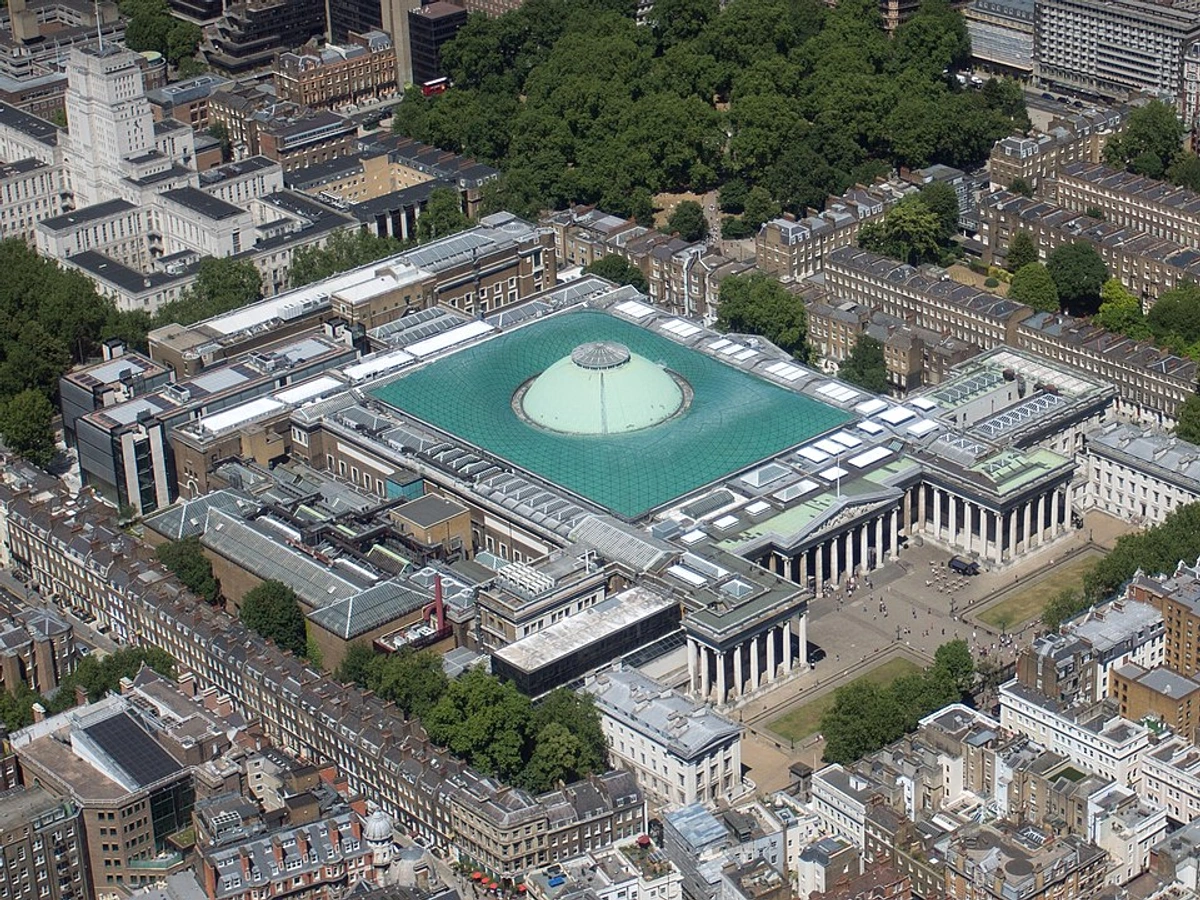
Public funding offers a foundational, albeit often politically tied, stream of revenue. Here's a quick look at its advantages and disadvantages:
Pros of Public Funding | Cons of Public Funding |
|---|---|
| Stability (Potential): Can offer a predictable, albeit politically tied, revenue stream, forming a foundational layer of support. | Political Vulnerability: Subject to budget cuts, policy shifts, and political agendas, making long-term planning challenging. |
| Accessibility: Often facilitates lower or free admission, broadening public access to art and culture. | Bureaucracy: Can involve significant administrative overhead, slow decision-making, and less flexibility in how funds are used. |
| Public Trust: Reinforces museums' role as public institutions for collective benefit, enhancing their community standing. | Dependence: Heavy reliance can stifle innovation in alternative fundraising and earned income strategies. |
| Mandate Fulfillment: Directly supports core missions of preservation, education, and research, aligning with public good. | Budgetary Limits: Often insufficient to cover all operational costs, necessitating other income sources. |
The Private Patron: Fueling Vision with Philanthropy and Enterprise
Private funding offers a contrasting, often more agile, financial landscape. It comes from a diverse array of sources: individual philanthropists (often with a deep passion for art and a desire to leave a legacy), corporate sponsorships (seeking brand alignment, social responsibility, or client engagement), and independent foundations. Many distinguished private museums, such as The Frick Collection in New York or the Solomon R. Guggenheim Museum, were initially established through the vision of singular individuals or families and continue to thrive on their endowments and ongoing private donations. For private institutions, endowments are often managed by a dedicated board of trustees, who oversee investment strategies to ensure long-term sustainability while honoring the founder's vision. These gifts can be either restricted, meaning they must be used for a specific purpose (like funding a new roof or a particular exhibition), or unrestricted, giving museums much-needed flexibility to respond to urgent needs or seize curatorial opportunities. Unrestricted gifts are the holy grail for museum directors, allowing them to allocate funds where they are most needed, whether for a crucial conservation project or to kickstart an an exhibition that would otherwise remain a dream. I've personally seen how a well-placed, unrestricted private gift can transform a curator's ambition into a tangible reality. It's truly inspiring to witness how private passion fuels public access.
Beyond just writing a check, corporate sponsorships are evolving. Companies often engage in co-branded events (think of a luxury brand sponsoring a major fashion exhibition with shared marketing), employee engagement programs (where staff volunteer or participate in museum activities, boosting corporate social responsibility), or even research collaborations (for instance, a tech firm partnering with a museum to develop new digital preservation techniques for artifacts). What’s interesting about corporate sponsorships, beyond the typical financial services or luxury brands, is how tech companies or even sustainable energy firms are increasingly looking to partner, aligning with a museum's innovation or community impact initiatives – a truly strategic alignment for mutual benefit, often falling under the umbrella of "cause marketing."
Private funding also faces the challenge of donor fatigue, where consistent requests for support can lead to a decrease in donor engagement over time. Museums mitigate this through sophisticated stewardship programs, ensuring donors feel valued, informed about the impact of their gifts, and connected to the institution's mission, often through exclusive events, recognition, and personalized communication.
Major art foundations, like the Getty Foundation (a private operating foundation focused on visual arts) or the Ford Foundation (a grant-making foundation with broader social goals, including arts), also play a pivotal role. These entities often provide significant project-specific grants, funding everything from groundbreaking research and conservation initiatives (preserving delicate ancient textiles or digitizing fragile archival documents) to community outreach and digital innovation. Their grant-making processes are highly competitive, requiring meticulous proposals that align with their strategic philanthropic goals, often focusing on impact and measurable outcomes. Private funding often fuels ambitious new acquisitions, innovative exhibitions, or capital projects that might not fit the rigid criteria of public grants, allowing museums greater curatorial freedom and responsiveness.

Private funding brings a distinct set of characteristics, offering agility but also presenting its own challenges:
Pros of Private Funding | Cons of Private Funding |
|---|---|
| Flexibility: Can provide more agile and less restricted funding for specific projects, acquisitions, and programmatic innovation. | Variability: Less predictable, subject to economic cycles, individual wealth fluctuations, and donor preferences, leading to less reliable long-term planning. |
| Innovation: Often supports experimental programs, cutting-edge research, and riskier (but potentially high-reward) initiatives. | Relationship-Driven: Requires continuous, labor-intensive cultivation of donor relationships and meticulous stewardship. |
| Donor Alignment: Reflects specific philanthropic interests and visions, allowing for highly targeted support. | Potential for Influence: Donors may seek influence over programming, institutional direction, or even collection policy, raising ethical concerns. (More on this later, trust me, it's a huge discussion). |
| Independence: Offers a buffer against political influence and government budget cuts, safeguarding curatorial freedom. | Competition: Intense competition for a finite pool of philanthropic dollars, requiring sophisticated development teams. |
Here’s a comparative glance at the two:
Aspect | Public Funding | Private Funding |
|---|---|---|
| Source | Government (national, regional, local), taxes | Individuals, corporations, foundations |
| Primary Goal | Public access, heritage preservation, educational mandate | Donor vision, specific projects, endowment growth, institutional mission |
| Stability | More predictable, but politically tied | Variable, depends on donor relations/market |
| Flexibility | Can be constrained by mandates | Potentially more agile for specific projects |
| Risk Level | Political shifts, bureaucratic delays | Market downturns, donor fatigue, donor influence |
| Key Goal/Purpose | Public good, cultural access | Philanthropic impact, specific initiatives |
Capital Campaigns: Building for the Future
Beyond day-to-day operations and project-specific grants, museums often undertake capital campaigns. These are intensive, time-limited fundraising efforts designed to raise significant funds for a specific, large-scale purpose, typically for new building construction, major renovations, or substantial endowment growth. Think of the ambitious expansion of the MoMA in New York, or the multi-year renovation of the Rijksmuseum – these don't happen on an annual budget. I've been involved in the planning stages of a few, and I can tell you they are monumental.
A capital campaign typically progresses through several distinct phases. It usually begins with a feasibility study, where the institution assesses the likelihood of success and identifies potential lead donors. Then comes the quiet phase (sometimes 1-3 years), where major leadership gifts are solicited from key philanthropists and foundations, often without public announcement. This phase is crucial for building momentum and securing a significant portion of the goal. Only then does the public phase (typically 2-5 years) launch, engaging a wider community through broader outreach and smaller donations. Finally, a stewardship phase follows, where donor relationships are cultivated long-term. I recall one campaign where we literally started with a blank sheet of paper and a dream, slowly building a case for support, engaging countless stakeholders, and celebrating every milestone. It involves meticulous planning, designing a compelling case for support, and establishing naming opportunities that resonate with donors. They truly are about building for the next century, often for the benefit of specific collection areas or to facilitate entirely new forms of display and roles-in-a-museum-whos-who-behind-the-scenes needed for those spaces.
Beyond the Big Bucks: Diverse Revenue Streams & Modern Enterprise
It's rare for a museum, even a significantly endowed one, to rely on just one or two income sources. The reality is a sophisticated blend of diverse revenue streams, each carefully cultivated to ensure long-term sustainability. From a curatorial perspective, this multifaceted approach is what allows us to plan ambitious exhibitions, undertake vital conservation work, and maintain our educational outreach. Think of it as a financial ecosystem where each component plays a critical, interconnected role, much like the intricate details in a still life painting – every element contributes to the whole. While public and private support form the bedrock, the financial reality of most museums is a mosaic of numerous, often innovative, revenue streams.

Generating Direct Income: Beyond the Ticket Booth
This category represents money generated directly from the public's engagement with the museum's offerings, moving beyond simple entry fees.
Admission Fees: For many visitors, the entry fee is their most direct financial contribution. While many major national museums, particularly in the UK or Washington D.C., offer free general admission thanks to substantial public subsidies, countless others – especially private institutions or smaller regional museums – rely heavily on ticket sales. Take the Kröller-Müller Museum, a stunning example of art in nature, which utilizes admission fees to sustain its unique collection and sprawling sculpture garden. It's a perpetual balancing act between generating essential revenue and maintaining broad accessibility, a tension constantly navigated by museum leadership. Some institutions employ dynamic pricing (adjusting ticket prices based on demand, time of day, or special exhibitions) or reciprocal membership programs with other museums to manage this, aiming to maximize income while minimizing barriers.
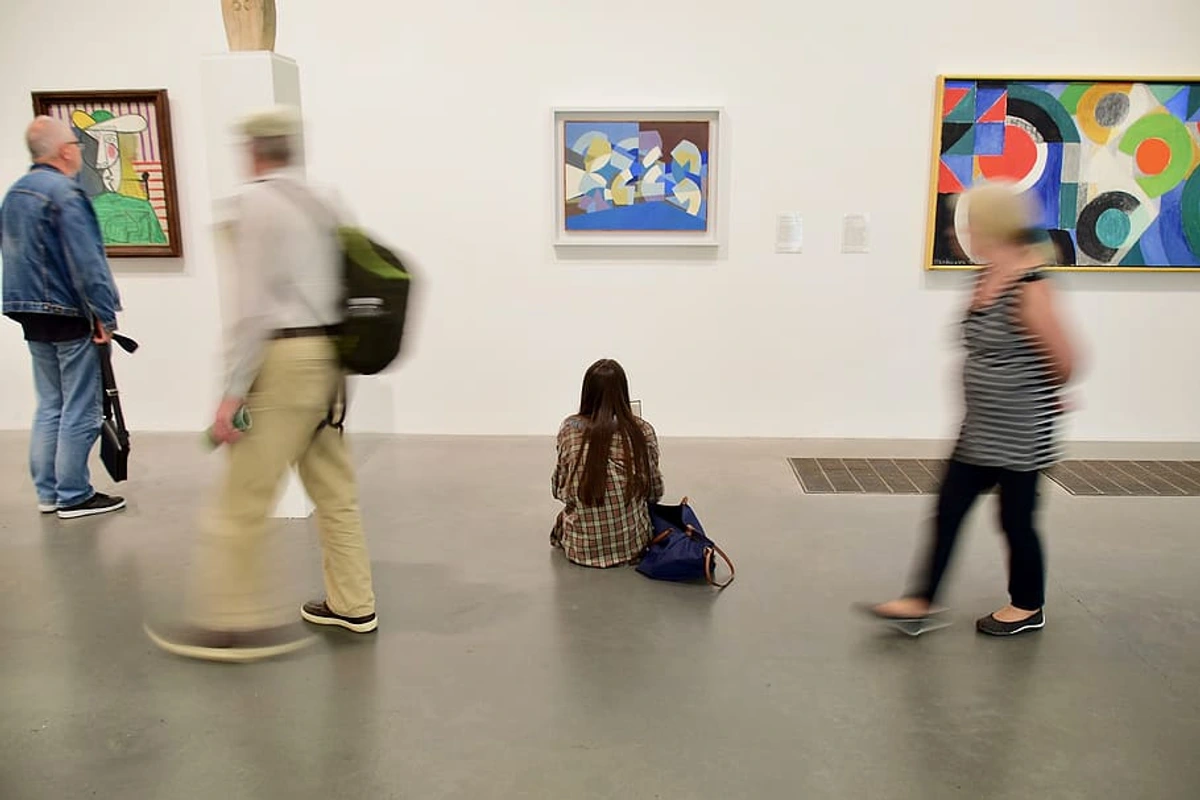
Retail & Hospitality: Anyone who has visited a museum knows the alluring, sometimes wallet-emptying, power of the gift shop. And while we might chuckle at the cost of a beautifully designed art book or a quirky souvenir, these retail operations (gift shops, bookstores, online stores) are indispensable revenue generators. Every purchase, from a coffee at the museum café to a limited-edition print, directly supports the museum's operational budget. What's more, these shops often serve as platforms for artists whose work aligns with the museum's collection or mission, offering another avenue for artists to reach collectors and art lovers. I’ve seen some institutions even branching out into curated art supply boxes or subscription services, leveraging their expertise to reach art lovers at home. Beyond physical products, many museums also run successful restaurants, cafes, and catering services. Beyond traditional merchandise, museums are increasingly offering unique experiences – think immersive digital exhibitions (often separately ticketed), curated workshops (a ceramics workshop inspired by ancient pottery, or a digital art class using cutting-cutting-edge tools!), or even exclusive behind-the-scenes tours and private collection viewings. I once helped arrange a bespoke tour for a group of art enthusiasts, allowing them unprecedented access to the conservation lab; the revenue generated was significant and directly supported further research. These are smart business strategies, transforming the visitor experience into a sustainable income stream and allowing institutions to capitalize on their unique spaces and brand.
Venue Rental: Leveraging the unique ambiance of a museum, venue rentals for corporate galas, private events, weddings, film premieres, or product launches can be a significant earner. I've seen countless special events transform a gallery space, bringing in crucial funds without disrupting the museum's core mission. Of course, this requires careful scheduling, extensive planning, and often a dedicated team within the museum's operations to balance revenue generation with the preservation of the art and the visitor experience. It’s a delicate dance, but a necessary one.
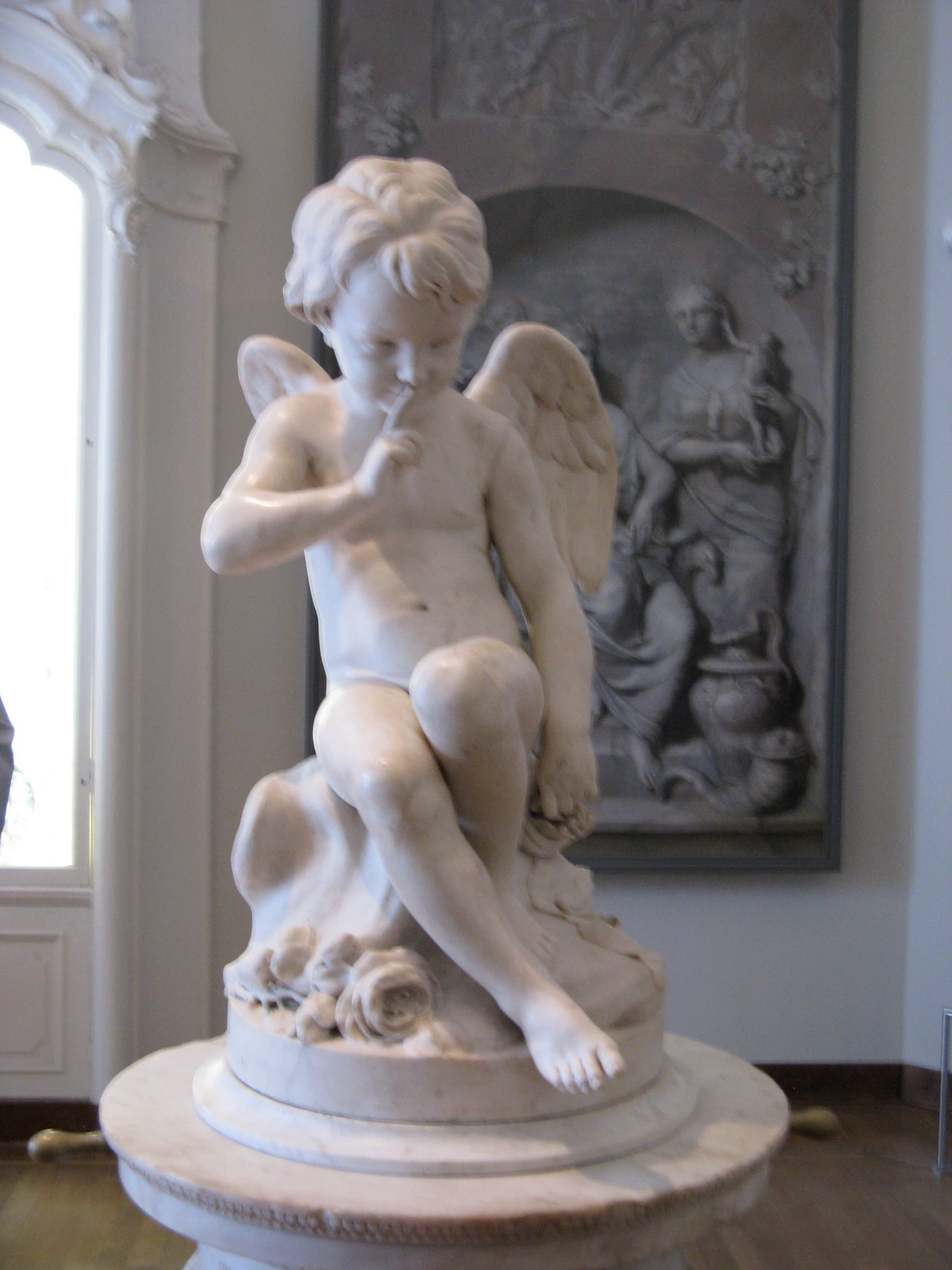
Strategic Financial Assets: The Long-Term View
These are the funds that work for the museum in the background, providing long-term stability and growth – the true financial bedrock that ensures cultural institutions can plan not just for next year, but for the next century.
Endowments and Investments: Many established museums benefit from substantial endowments – large sums of money invested by the institution to generate a continuous income stream. The core principle of an endowment, and this is crucial, is that the principal sum remains untouched; only the investment income generated each year is used to support operations. I like to think of it like a perpetually blooming art garden: the original capital keeps generating 'flowers' (income) year after year, funding new exhibitions, conservation efforts, and educational programs without ever being spent down. An endowment is designed for the very long term, offering a consistent (though market-dependent) stream of income, essential for long-term planning and stability. For example, if an endowment is worth $100 million and has a 5% spending rate, the museum can draw $5 million annually.
However, this isn't without risk. Market downturns can significantly impact investment returns, forcing museums to draw less from their endowments or even, in extreme cases, make difficult budget cuts. Museums carefully manage their spending rates – the percentage of the endowment's value they draw annually – to ensure both present stability and future growth. A sustainable spending rate, often around 4-5%, aims to preserve the endowment's purchasing power over time while providing reliable income for operations. This is overseen by investment committees and financial advisors, who may adopt a total return policy, allowing the spending of both investment income and a portion of capital appreciation, rather than solely relying on interest and dividends. This approach helps stabilize payouts even in low-interest environments. Some institutions also have quasi-endowments, which are board-designated funds that operate like endowments but were not originally established by a donor with endowment restrictions, offering flexibility in extreme circumstances. Another crucial component often contributing to endowments is planned giving, which includes bequests in wills, charitable trusts (like charitable remainder trusts or charitable lead trusts), and gift annuities, allowing supporters to make significant future contributions that secure the museum's legacy for generations. These are the true long-game players in museum finance.
Here’s a quick breakdown of these critical financial assets:
Financial Asset | Description | Analogy |
|---|---|---|
| Endowment | Principal invested permanently; only investment income is spent. | A perpetual art fund that keeps on giving. |
| Restricted Fund | Donated for a specific, one-time purpose; spent until depleted. | A specific budget for restoring one masterpiece. |
| Operating Reserve | Liquid funds for short-term emergencies or unexpected expenses. | Your emergency savings for an unexpected studio repair. |
| Quasi-Endowment | Board-designated funds that operate like an endowment but can be dipped into in extreme, dire circumstances. | A flexible 'rainy day' fund the board can access. |
| Planned Giving | Future gifts (bequests, trusts) that secure long-term legacy. | Planting a tree whose fruit will nourish future generations of artists and art lovers. |
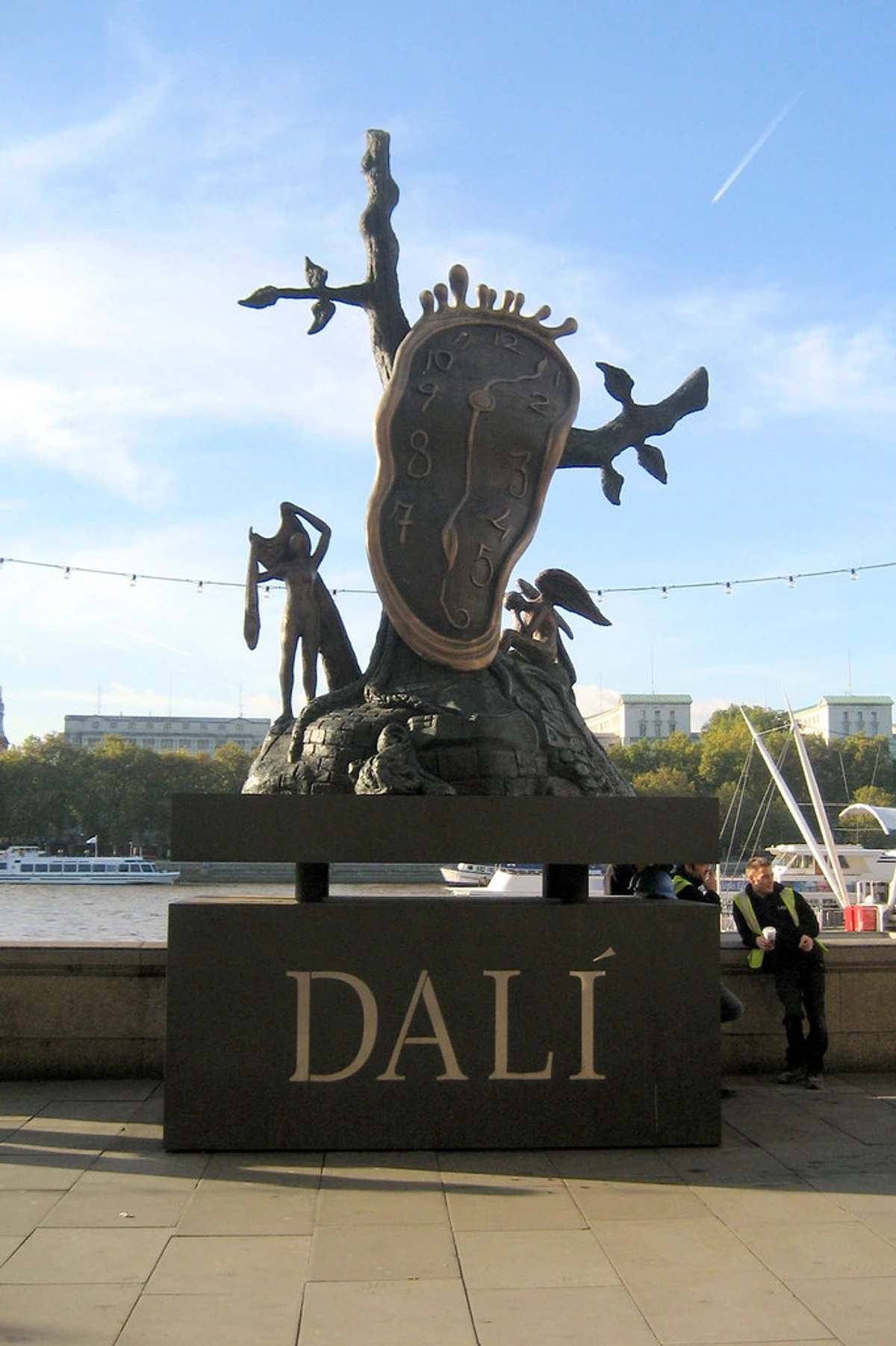
Cultivating Community & Support
This is where the community truly steps in, building a loyal base of supporters. It shows how museums are not just repositories, but vibrant, interactive hubs, much like the bustling atmosphere in a place like the Skulpturhalle Basel.
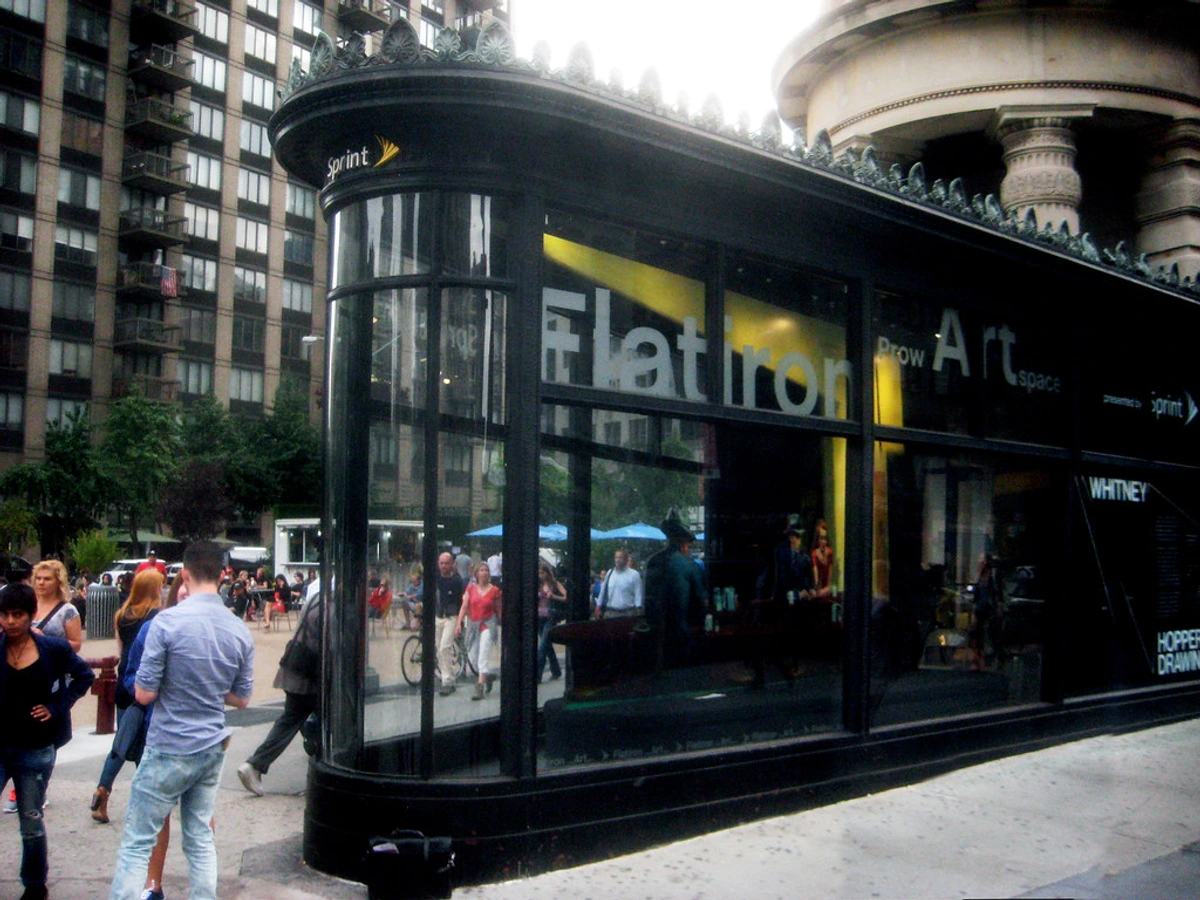
Memberships and Programs: Museum memberships offer a range of benefits – free entry, discounts, exclusive previews, special events – but critically, they provide museums with predictable annual income and cultivate a loyal base of supporters. I've seen some memberships offer truly unique perks, like behind-the-scenes tours of conservation labs, invitations to artist studio visits, or even exclusive curator-led talks over dinner. For institutions showcasing contemporary works, members might get early access to digital prints, exclusive Q&As with artists working with mixed media, or even first dibs on limited-edition works from featured exhibitions. Many institutions structure their memberships in tiers, from a basic 'Friend' level, offering free admission and discounts, up to 'Patron' or 'Benefactor' levels, which might include private curator tours, exclusive access to collection management (imagine seeing newly acquired pieces before they're even displayed!), opportunities to influence exhibition choices through advisory boards, or even direct interaction with the museum director. Educational programs, workshops (imagine a ceramics workshop inspired by ancient pottery, or a digital art class using cutting-cutting-edge tools!), and special events also generate revenue while fulfilling the museum's core mission to engage and educate. Supporting these institutions, whether through a membership or by choosing to acquire art from an artist directly (you can always find unique pieces from independent creators), is crucial for the wider art ecosystem.
Individual Giving & "Friends Groups": Beyond formal memberships, many museums benefit from individual donations of varying sizes. This ranges from small, unsolicited gifts to major philanthropic commitments from high-net-worth individuals. Many institutions also have "Friends Groups" or Auxiliary Boards – volunteer organizations dedicated to fundraising, advocacy, and supporting specific museum initiatives. These groups are invaluable, extending the museum's reach and fostering a deeper sense of community ownership and pride. I've seen firsthand the sheer passion and dedication these volunteers bring, translating into significant financial and operational support, from staffing information desks to assisting with archival projects.
Targeted Impact: Grants & Project-Specific Funding
Beyond general operating funds, museums are in a constant, competitive pursuit of project-specific grants. These funds, typically from foundations, government agencies, or corporate entities, are earmarked for particular initiatives. This might include funding for a major temporary exhibition (like showcasing a rarely seen Francis Bacon painting), a critical conservation effort (such as preserving delicate ancient textiles or digitizing fragile archival documents), the development of a new educational outreach program for underserved communities, or research into specific aspects of the collection. I've seen a grant proposal focused on digital accessibility for a remote community, for instance, transform an obscure collection into a global learning resource. Securing these grants requires meticulous proposal writing, demonstrating clear alignment with the grantor's objectives, and showcasing the museum's capacity for impactful work – often involving detailed budgets, timelines, and measurable outcomes. For example, a successful grant proposal might include:
- Compelling Problem Statement: Clearly articulating the need (e.g., "Lack of access to art education in rural areas").
- Clear Objectives: Quantifiable goals (e.g., "Reach 500 students with interactive virtual workshops").
- Detailed Methodology: How the objectives will be achieved (e.g., "Develop five new digital modules, conduct ten live online sessions").
- Realistic Budget Breakdown: Itemized costs (e.g., "Software licenses: $X, Educator stipends: $Y, Marketing: $Z").
- Robust Evaluation Plan: How success will be measured (e.g., "Pre/post-program surveys, participant feedback, teacher testimonials").
It's a demanding, but vital, component of our funding strategy, often managed by a dedicated development department focused on cultivation and stewardship.
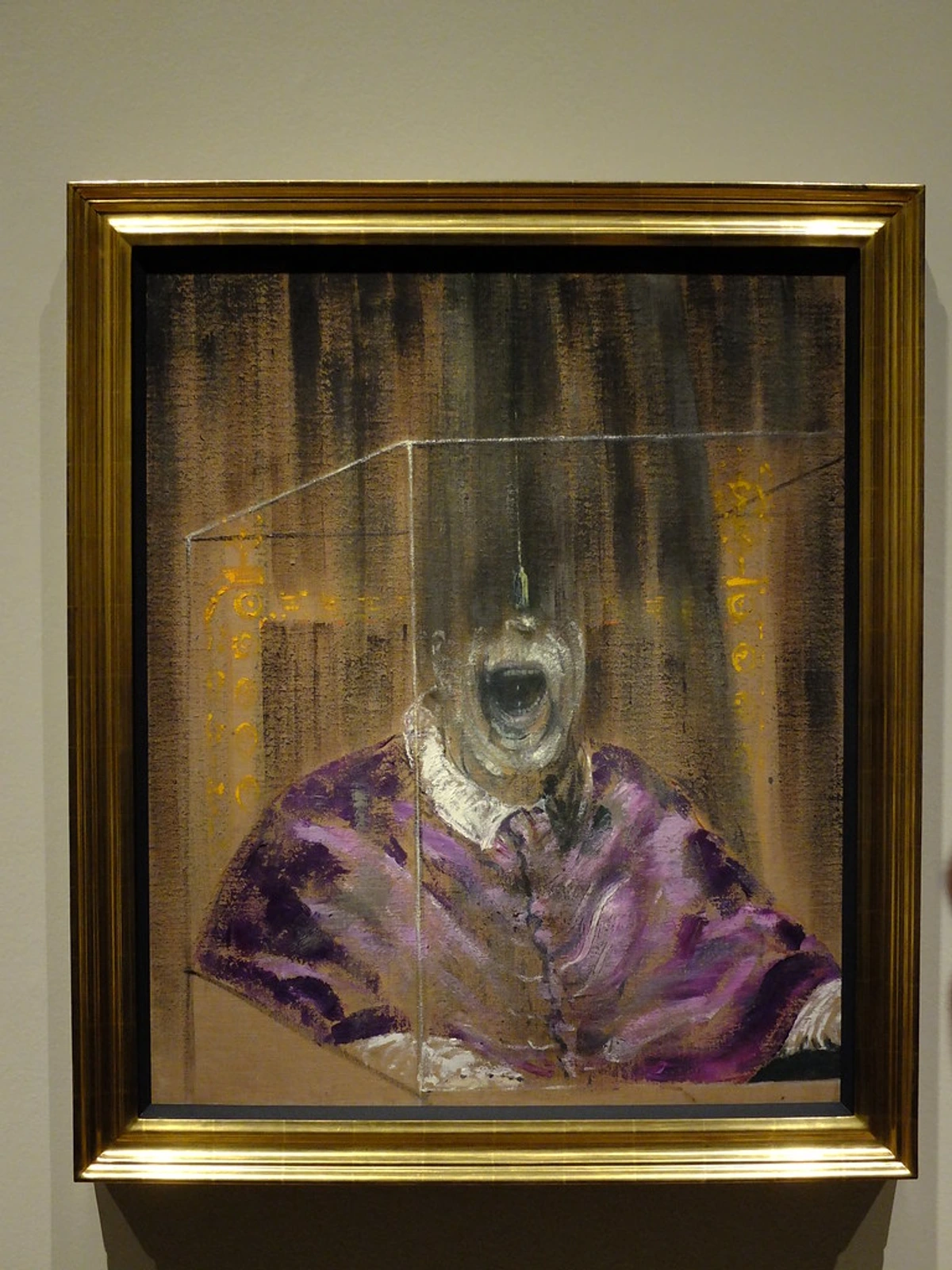
Innovation & New Horizons: Diversifying Earned Income
In an increasingly competitive landscape, museums are continually innovating their earned income strategies. This goes beyond the traditional gift shop and requires a good dose of creative thinking – it's where museums truly embrace their entrepreneurial spirit:
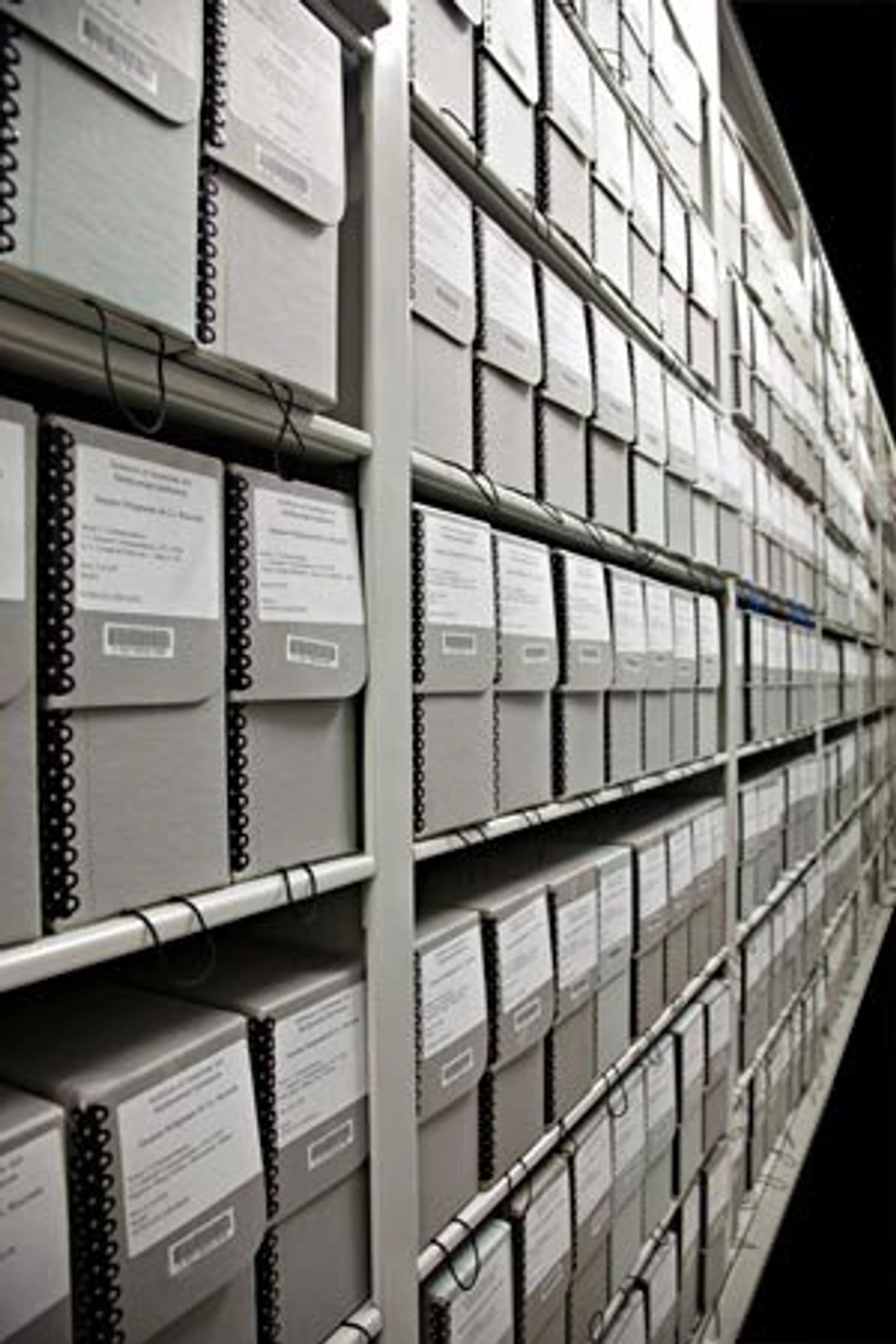
Licensing & IP (Intellectual Property): Museums are exploring licensing their collections or brand for commercial products, publications, or digital experiences. Imagine a fashion line inspired by a particular art movement from our collection, or a video game based on historical artifacts. I've seen incredibly successful collaborations, like the Rijksmuseum partnering with a Dutch fashion brand for a limited-edition collection inspired by Golden Age paintings. Or consider how the imagery of a masterpiece like Van Gogh's Starry Night is licensed for everything from educational materials to decorative home goods (wallpaper, ceramics) to film and television productions, creating significant, ongoing revenue streams. This creates new revenue streams from their intellectual property, allowing the museum's brand and content to reach broader markets, even influencing the perception of art as a catalyst for social change through widespread visibility. Managing IP rights for contemporary artists, particularly in the realm of digital art and NFTs, presents both challenges and exciting new revenue possibilities.
Digital Products & Online Courses: The rise of digital engagement has opened doors for museums to offer paid online courses, virtual tours, or exclusive digital content, reaching a global audience beyond their physical walls. This can range from art history lectures (e.g., a deep dive into Renaissance portraiture on Coursera), to practical creative workshops (e.g., a digital art class using cutting-cutting-edge tools or a conservation techniques course), often leveraging the expertise of curators and educators – sometimes even mine! These ventures not only generate revenue but also expand accessibility and fulfill educational mandates in new ways. Crucially, they also allow museums to engage with and even support emerging digital art forms and artists, providing platforms for NFTs, virtual galleries, and interactive digital installations. The burgeoning market for NFTs (Non-Fungible Tokens), in particular, offers a fascinating new frontier. Museums are exploring selling limited-edition digital art, issuing NFTs based on their collections, or even using NFTs to fund specific conservation projects, leveraging blockchain technology for provenance and unique ownership, which could impact the impact of blockchain technology on art provenance and ownership for the future. However, as with all new technologies, there are ethical and long-term viability considerations that institutions are carefully navigating. The connection between digital innovation and ethical funding also grows; for instance, digital transparency can help address concerns about donor influence by providing clearer public access to funding sources and their associated projects. Moreover, the rise of NFTs and digital art presents both opportunities and challenges. Museums are exploring curating virtual exhibitions of digital art, commissioning NFT-based works, and even selling NFTs of digitized masterpieces to create new revenue streams. This requires new expertise in digital rights management, blockchain technology, and understanding the evolving digital art market, but the potential for engagement and funding is undeniable. I’ve personally been fascinated by the possibilities of NFTs for documenting provenance and funding conservation, though the volatility of the market and questions of long-term digital preservation keep me on my toes. The connection between digital innovation and ethical funding also grows; for instance, digital transparency can help address concerns about donor influence by providing clearer public access to funding sources and their associated projects. Moreover, the rise of NFTs and digital art presents both opportunities and challenges. Museums are exploring curating virtual exhibitions of digital art, commissioning NFT-based works, and even selling NFTs of digitized masterpieces to create new revenue streams. This requires new expertise in digital rights management, blockchain technology, and understanding the evolving digital art market, but the potential for engagement and funding is undeniable. I’ve personally been fascinated by the possibilities of NFTs for documenting provenance and funding conservation, though the volatility of the market and questions of long-term digital preservation keep me on my toes. The connection between digital innovation and ethical funding also grows; for instance, digital transparency can help address concerns about donor influence by providing clearer public access to funding sources and their associated projects. Moreover, the rise of NFTs and digital art presents both opportunities and challenges. Museums are exploring curating virtual exhibitions of digital art, commissioning NFT-based works, and even selling NFTs of digitized masterpieces to create new revenue streams. This requires new expertise in digital rights management, blockchain technology, and understanding the evolving digital art market, but the potential for engagement and funding is undeniable. I’ve personally been fascinated by the possibilities of NFTs for documenting provenance and funding conservation, though the volatility of the market and questions of long-term digital preservation keep me on my toes.
Strategic Partnerships: Collaborations with commercial entities, while carefully managed to protect institutional integrity, can provide sponsorships or shared revenue opportunities for special projects or programming. Think of a technology company sponsoring a cutting-cutting-edge digital art installation, or a bank supporting a major exhibition – these partnerships allow for ambitious projects that might otherwise be impossible.
Data Monetization (Carefully, and Ethically!): While a sensitive topic, some museums are exploring anonymized, aggregated data insights from visitor traffic, exhibition popularity, or demographic trends to inform strategic decisions or even offer insights to partners. For example, analyzing visitor flow patterns through an exhibition can help optimize layouts for better engagement with key artworks, or identifying peak times for certain thematic interests can inform future programming decisions that resonate more deeply with the audience – perhaps even inspiring new commissions for abstract artists. The key here is always, always, prioritizing privacy, ensuring data is fully anonymized and aggregated, maintaining strict ethical boundaries, and providing clear transparency to the public. It's a complex area that requires robust internal policies and clear communication to avoid any perception of misuse or commercial exploitation of visitor data.
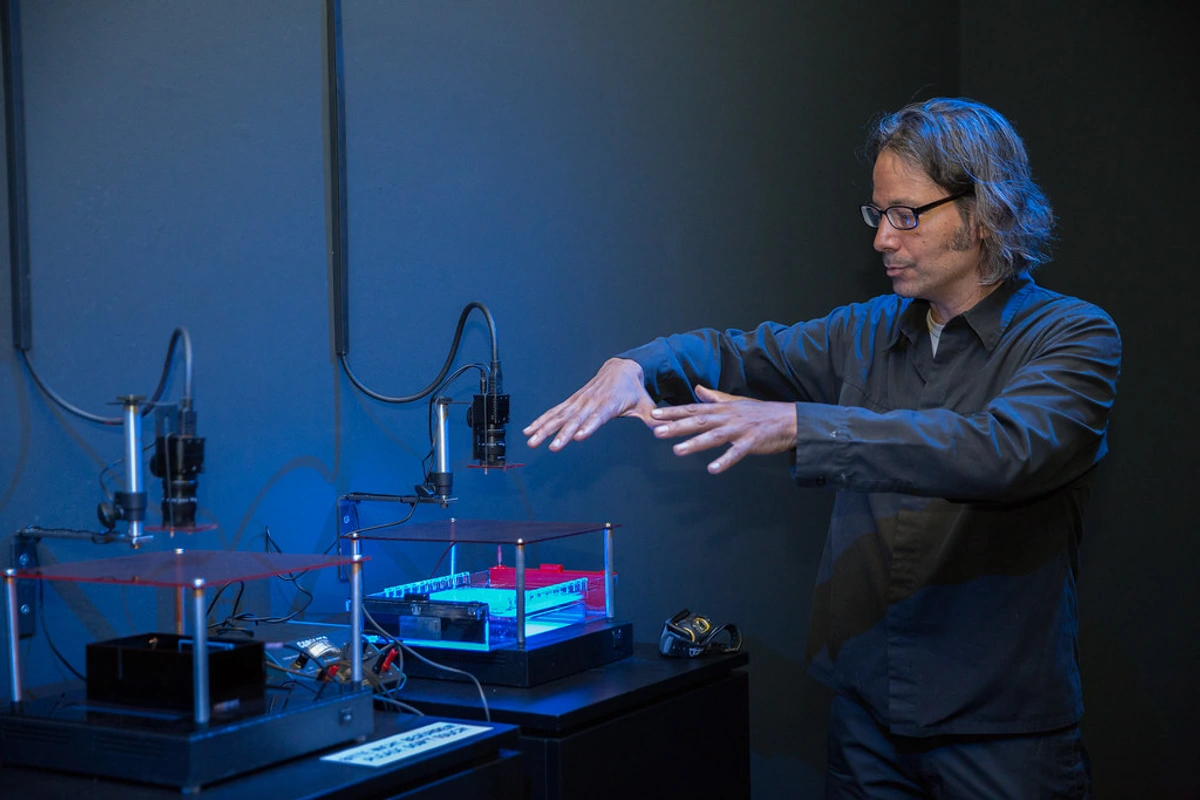
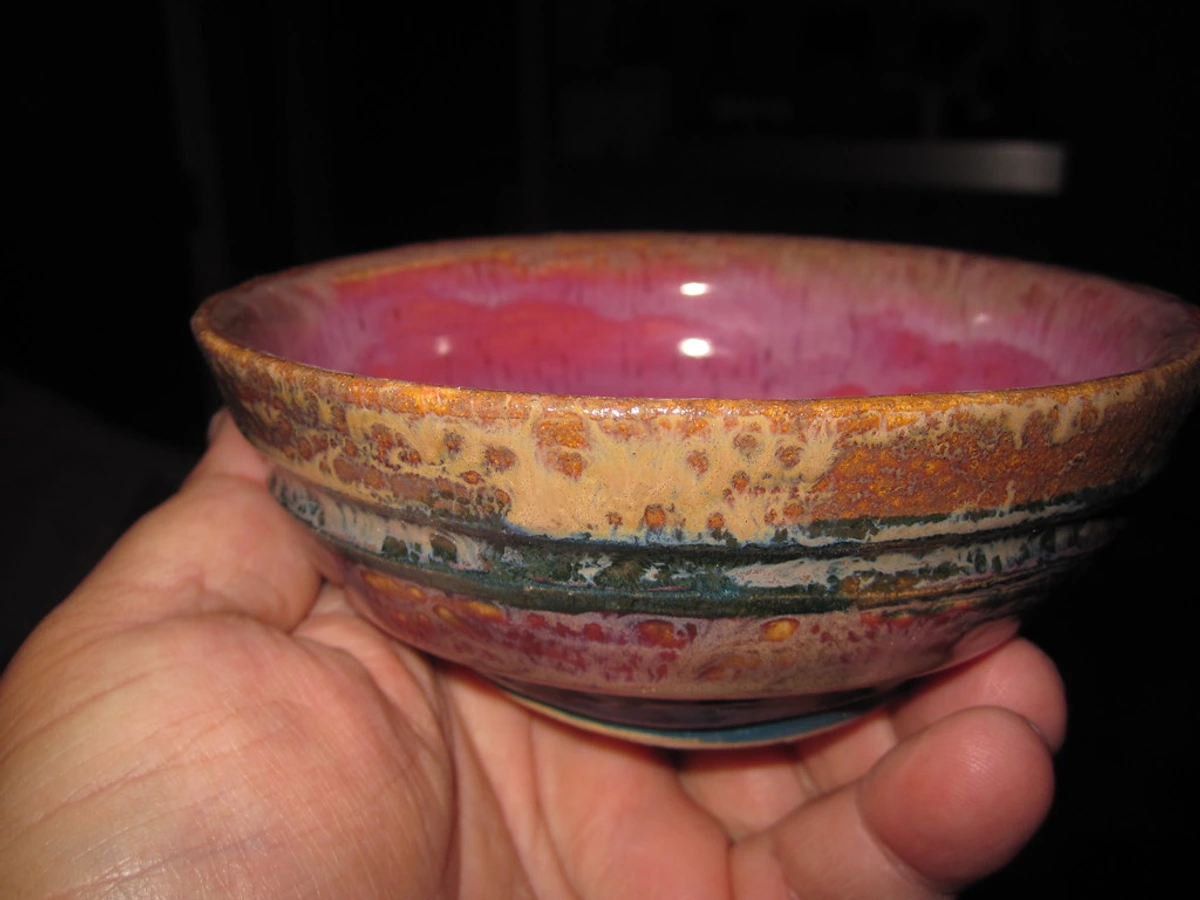
Here's a comprehensive overview of typical museum revenue streams, their challenges, and impact:
Revenue Stream | Description | Key Challenge | Key Beneficiary | Typical Contribution (varies widely) |
|---|---|---|---|---|
| Public Funding | Government grants, tax allocations, lottery funds. | Political vulnerability; bureaucratic hurdles; changing priorities. | Public access, operational stability, national heritage | 15-50% (for publicly owned, estimated) |
| Private Philanthropy | Gifts from individuals, corporations, foundations. | Variability; intensive relationship-building; potential for donor influence. | Institutional growth, specific projects, curatorial freedom | 30-60% (for private, estimated) |
| Admission Fees | Direct income from visitor tickets. | Balancing revenue needs with accessibility mandates; market competition. | Operational budget, visitor services, exhibition costs | 5-20% (estimated) |
| Retail/Hospitality | Sales from gift shops, cafes, restaurants, parking, experiences. | Competing with commercial markets; staying relevant and innovative. | Operational budget, visitor experience, brand extension | 5-15% (estimated) |
| Endowment Income | Returns generated from invested funds (principal untouched). | Market volatility; ensuring sustainable spending rates; ethical investment choices. | Long-term stability, core operations, future planning | 10-40% (for endowed institutions, estimated) |
| Memberships | Annual fees from members for exclusive benefits. | Retaining members; continually offering compelling, tiered value. | Operational budget, community engagement, predictable revenue | 2-10% (estimated) |
| Grants (Project-Specific) | Funding awarded for specific initiatives, research, or general operations. | Highly competitive; rigorous application and reporting; alignment with grantor's mission. | Specific projects, research, outreach, collection care | 5-20% (estimated) |
| Innovation (Licensing/Digital/Partnerships) | Income from renting spaces, licensing content, online courses, strategic partnerships, ethically sourced data. | Operational complexity; developing marketable products; managing IP and emerging tech risks. | Operational budget, innovation, expanded reach, global audience | 1-5% (estimated) |
The Role of the Board of Trustees: Financial Stewardship at the Helm
While curators like me are focused on the art, there's a vital group working behind the scenes on the larger financial picture: the museum's Board of Trustees. These individuals, often volunteers drawn from business, finance, and community leadership, hold ultimate fiduciary responsibility for the institution. Their role is multifaceted and absolutely crucial for financial sustainability:

- Fiduciary Duty: The Board is legally and ethically bound to act in the best interest of the museum, ensuring financial solvency and responsible management of assets.
- Strategic Financial Planning: They approve the annual budget, oversee long-term financial plans, and ensure the museum has diverse income streams to weather economic fluctuations. This often involves specific committees like a Finance Committee or an Audit Committee.
- Fundraising Oversight: Trustees are typically actively involved in fundraising, leveraging their networks to secure major gifts, participate in capital campaigns, and advocate for the museum's mission. A Development Committee often guides these efforts.
- Endowment Management: An Investment Committee, often comprising board members with financial expertise, is usually responsible for overseeing the endowment, setting investment policies (e.g., conservative, growth-oriented, socially responsible), and monitoring performance to ensure sustainable growth. I once saw a trustee, a seasoned investor, spend countless hours poring over endowment reports, demonstrating a dedication that went far beyond typical volunteerism.
- Policy & Governance: They establish policies governing everything from donor acceptance and ethical funding to compensation practices and risk management. I've often seen board discussions about balancing ambitious curatorial visions with pragmatic financial realities – a delicate but necessary tension. Imagine presenting a groundbreaking exhibition concept that requires specialized climate control for delicate mixed-media abstract works; the board's role is to ensure the vision is financially viable without compromising existing assets.
- Ideal Board Composition: A well-rounded board will include individuals with expertise in finance, law, marketing, education, real estate, and of course, art and culture. Diversity in background, age, and perspective is also increasingly recognized as crucial for effective governance and community representation.
Ultimately, the Board of Trustees acts as the ultimate steward of the museum's financial health and long-term vision, enabling us curators to focus on the art, knowing the infrastructure is in capable hands.
The Evolving Landscape: Adapting to New Realities
The financial landscape for museums is never static. Recent global events, such as the pandemic, brought unprecedented challenges, dramatically impacting visitor numbers and earned income. This forced a whirlwind of adaptation, accelerating digital transformation and fostering entirely new strategies for audience engagement and revenue generation. The need for agility, diversified funding, and a robust online presence has never been more critical. I've seen firsthand how institutions that were once slow to embrace digital tools were forced to innovate overnight, becoming incredibly adept at virtual tours, online educational programs, and even digital art experiences, highlighting how crucial the impact of blockchain technology on art provenance and ownership could become for the future. From my perspective, this forced innovation was challenging, but ultimately a crucial step forward, pushing us to rethink how we connect with global audiences and sustain ourselves.
Digital Transformation & Funding Opportunities
The digital realm is no longer just an add-on; it's a core component of museum strategy and a burgeoning source of funding. Museums are leveraging their collections for premium online content, virtual reality experiences, and engaging digital education platforms. Think of interactive apps that guide you through an exhibition, enhanced by augmented reality, or exclusive online lectures by leading experts. These digital products can be monetized through subscriptions, one-time purchases, or tiered access. The potential for reaching a global audience and generating new revenue streams, unconstrained by physical walls, is immense. It's an exciting, if challenging, frontier that requires continuous investment in technology and skilled digital teams. The connection between digital innovation and ethical funding also grows; for instance, digital transparency can help address concerns about donor influence by providing clearer public access to funding sources and their associated projects. Moreover, the rise of NFTs and digital art presents both opportunities and challenges. Museums are exploring curating virtual exhibitions of digital art, commissioning NFT-based works, and even selling NFTs of digitized masterpieces to create new revenue streams. This requires new expertise in digital rights management, blockchain technology, and understanding the evolving digital art market, but the potential for engagement and funding is undeniable. I’ve personally been fascinated by the possibilities of NFTs for documenting provenance and funding conservation, though the volatility of the market and questions of long-term digital preservation keep me on my toes. The connection between digital innovation and ethical funding also grows; for instance, digital transparency can help address concerns about donor influence by providing clearer public access to funding sources and their associated projects. Moreover, the rise of NFTs and digital art presents both opportunities and challenges. Museums are exploring curating virtual exhibitions of digital art, commissioning NFT-based works, and even selling NFTs of digitized masterpieces to create new revenue streams. This requires new expertise in digital rights management, blockchain technology, and understanding the evolving digital art market, but the potential for engagement and funding is undeniable. I’ve personally been fascinated by the possibilities of NFTs for documenting provenance and funding conservation, though the volatility of the market and questions of long-term digital preservation keep me on my toes. The connection between digital innovation and ethical funding also grows; for instance, digital transparency can help address concerns about donor influence by providing clearer public access to funding sources and their associated projects. Moreover, the rise of NFTs and digital art presents both opportunities and challenges. Museums are exploring curating virtual exhibitions of digital art, commissioning NFT-based works, and even selling NFTs of digitized masterpieces to create new revenue streams. This requires new expertise in digital rights management, blockchain technology, and understanding the evolving digital art market, but the potential for engagement and funding is undeniable. I’ve personally been fascinated by the possibilities of NFTs for documenting provenance and funding conservation, though the volatility of the market and questions of long-term digital preservation keep me on my toes.
Ethical Funding Considerations
Furthermore, museums are increasingly grappling with ethical funding considerations. I've personally wrestled with these questions, and it’s a constant balancing act. Public scrutiny over the source of donations (e.g., from controversial industries like fossil fuels, or individuals with questionable human rights records) is growing, pushing institutions to develop clearer ethical guidelines and robust due diligence processes. I recall a time when a major donation from a particularly contentious industry was offered; it sparked intense internal debate about aligning the institution’s values with its funding sources, ultimately leading to a revised donor acceptance policy that prioritized transparency and alignment with the museum's public mission. Ensuring donor influence doesn't compromise curatorial independence is paramount. This can sometimes lead to what we call "mission drift" – where the pursuit of specific funding, even with good intentions, subtly shifts a museum's curatorial direction or programming away from its core mission. For instance, a museum might start prioritizing popular but less artistically significant exhibitions to boost ticket sales and secure corporate sponsorships, at the expense of more challenging or niche programming that aligns more closely with its scholarly mission. Discussions around ethical considerations when buying cultural art and the broader ethics of art collecting often mirror these institutional funding ethics, reflecting a broader societal concern about the integrity of art and culture. It's a tightrope walk, to be sure, trying to keep the lights on without selling your soul.

Sustainability Beyond Finance: Environmental & Social Impact
Beyond just financial resilience, the question of sustainability – environmental and social – also profoundly influences funding decisions. There's a growing push towards green initiatives in museum operations (energy-efficient buildings, waste reduction, responsible sourcing for retail), which can attract specific grants and environmentally conscious donors. Many funders now offer grants specifically for projects achieving LEED certification (Leadership in Energy and Environmental Design) for museum buildings, or for initiatives focused on carbon offsetting and reducing the carbon footprint of exhibitions. Social sustainability, too, plays a critical role, with funders increasingly prioritizing projects that demonstrate genuine community impact, inclusivity, and educational outreach for underserved populations. Some institutions are even exploring "impact investing" where endowment funds are strategically invested in socially responsible enterprises, aligning financial growth with mission-driven values. This can extend beyond just investments, with museums partnering directly with socially responsible businesses for projects that align with both their mission and their values, creating a symbiotic relationship that benefits both the institution and the wider community. My hope is that this becomes the norm, not the exception.
Diverse Museum Types, Diverse Financial Dances
Funding challenges also vary significantly depending on the type and scale of the museum. A large encyclopedic museum like the Met has a vastly different funding structure and fundraising capacity than a small, specialized contemporary art space or a local history museum. It's like trying to compare the financial needs of a battleship to a nimble sailboat – both are on the water, but their resources and strategies are miles apart. For instance:
- University Museums often leverage their academic ties for research grants, sometimes drawing on university endowments, and attract donors interested in scholarly pursuits or specific academic disciplines. They benefit from student engagement, university resources, and often have a unique mandate to support academic research alongside public education. A significant portion of their funding might come from federal or state research grants for specific archaeological digs or conservation science.
- Science or Technology Museums might attract more corporate sponsorships from tech or biotech firms, aligning with their innovation-focused missions, differing significantly from the traditional art museum model. They often excel at engaging younger audiences and securing educational grants focused on STEM (Science, Technology, Engineering, and Mathematics) education, and frequently partner with universities for cutting-cutting-edge exhibits.
- Children's Museums rely heavily on admission fees, family memberships, and grants focused on early childhood education and development, often forming strong partnerships with schools and community organizations. Interactive exhibits are key to both their mission and earned revenue, and grants from family foundations are particularly common.
- Living History Museums (e.g., open-air historical villages) often combine admissions and event revenue (historical reenactments, craft fairs) with grants for historical preservation, agricultural heritage, and educational programs related to specific historical periods or trades, drawing from a unique mix of cultural and historical funding sources. They often have robust volunteer programs, which significantly offset operational costs.
- Smaller, Local History Museums typically rely more heavily on local government grants, individual donors, membership fees, and extensive volunteer efforts. Their financial health is often deeply tied to community fundraising events (bake sales, historical walking tours) and the critical support of a passionate local board. They are particularly vulnerable to economic shifts, making grassroots fundraising and volunteer manpower absolutely essential. I've seen these institutions, the backbone of local heritage, struggle the most when external funding dries up.
- Art Galleries (Commercial vs. Non-Profit): This is a critical distinction relevant to the wider art world. Commercial galleries are businesses focused on selling art for profit, representing artists and taking commissions on sales. Their funding comes directly from sales, sometimes augmented by art fair participation. Non-profit galleries (or kunsthalles) often operate more like museums, receiving grants, donations, and membership fees to support their exhibitions and educational programs, with less emphasis on direct sales. They often provide platforms for experimental or emerging artists without the commercial pressure.
Ultimately, a successful museum funding model often represents a hybrid approach, strategically blending public funds for foundational stability and accessibility with agile private philanthropy for innovation, and robust earned income for operational flexibility. The key is to understand how these diverse streams can interdepend – public funding can often act as a powerful catalyst for attracting private investment, while strong earned income frees up philanthropic funds for more strategic, mission-critical initiatives.
Measuring Success and Impact
For funders, it's not just about what money goes in, but what impact comes out. Museums are increasingly challenged to quantify their value beyond simple visitor numbers or financial statements. This involves measuring educational outcomes, the reach and diversity of their audience, community engagement, and scholarly contributions. Sophisticated data analytics and robust evaluation frameworks, such as Logic Models or a Theory of Change approach, are becoming essential tools for demonstrating a museum's societal value and securing continued support. For example, a Logic Model might map how a new educational program (inputs like staff time and materials) leads to increased student engagement (outputs like attendance and participation), which in turn fosters critical thinking skills and cultural appreciation (outcomes) within a target community. We also increasingly report on Diversity, Equity, and Inclusion (DEI) metrics, showing how we are serving broader communities. After all, how can you ask for funding if you can't show the magic you create?
Why Funding Matters: A Curator's & Artist's Perspective
From my vantage point, the intricacies of museum funding aren't merely an academic concern; they are the very lifeblood of our cultural infrastructure. It's profoundly personal to me. As an artist myself – perhaps someone who creates vibrant abstract work that challenges conventions, much like this piece by Zen Dageraad Visser – I’ve seen firsthand how a museum's ability to take risks, to champion emerging or unconventional voices, is directly tied to its financial stability. I remember a time when a truly daring contemporary installation, a piece that pushed boundaries both aesthetically and technically, almost didn't happen because of funding gaps. Without robust funding, a museum might not have the budget for specialized climate control or conservation of delicate mixed-media works, potentially impacting how artists like myself can present our more experimental pieces. It was a scramble, a nerve-wracking negotiation, but ultimately, the museum's existing financial resilience and a strategic grant allowed it to come to fruition. A vibrant, well-funded institution is more likely to champion work like my own, or that of a critically acclaimed contemporary artist whose bold installation gets the curatorial attention and technical resources it needs for proper display, reaching thousands, even millions, simply because a museum's financial health allowed for ambitious, risk-taking programming. When museums thrive financially, the entire art ecosystem benefits – and that's something worth fighting for. For artists, it means more exhibition opportunities, better resources for conservation (ensuring their legacy endures), and wider public engagement with their work.

For us, the curators, it means we can pursue more ambitious projects, researchers can uncover new knowledge (often through funded fellowships), and educational programs can reach diverse audiences, breaking down barriers to art access. It's a virtuous cycle, one that often traces the timeline of artistic and cultural development. For you, the audience, well-funded museums translate directly into richer, more impactful experiences. They mean state-of-the-art conservation that preserves humanity's creative spirit, innovative exhibitions that challenge and inspire, and robust educational initiatives that make art accessible to all. Whether it's a grand national institution or a more intimate, specialized space like the Den Bosch Museum, every bit of financial support helps ensure these vital spaces continue to inspire generations and contribute to our collective understanding of history and creativity. It allows for the hidden heroes behind the scenes – from conservators to educators, many of whom you can learn about in roles-in-a-museum-whos-who-behind-the-scenes – to do their vital work, unhindered. You can also contribute by understanding art appraisals, understanding art insurance, or by simply supporting artists directly through platforms like this one.
Frequently Asked Questions About Museum Funding
Are all museums non-profit organizations?
Overwhelmingly, yes. The vast majority of museums operate as non-profit entities. This means any revenue generated – whether from admissions, gift shops, or donations – is reinvested entirely back into the museum's operations, collections, and programs. Their core mission is public service, not generating profit for shareholders. While there are rare exceptions (usually privately owned, for-profit galleries that sometimes present as museums), the non-profit model underpins the ethical framework and mission-driven approach of most cultural institutions. It's how they ensure that art, like a cherished piece, can exist without solely being about money.
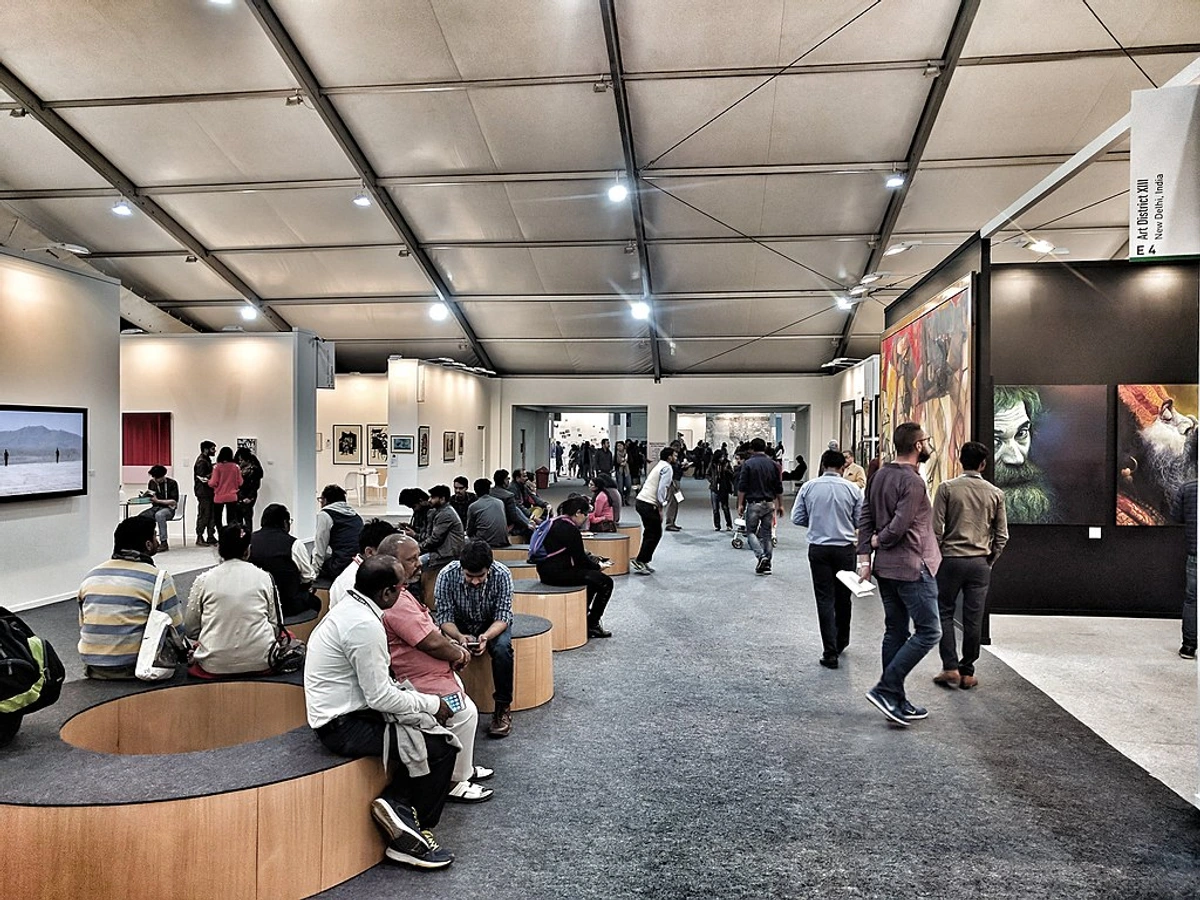
How do museums make money, if not just tickets?
Museums employ a multifaceted approach. Beyond ticket sales (which often constitute 5-20% of revenue, depending on the institution), they rely heavily on government grants (for public institutions, typically 15-50%), private donations from individuals and corporations (often 30-60% for many private museums), income from endowments (invested funds, 10-40% for endowed institutions), membership fees (2-10%), revenue from gift shops and cafes (5-15%), venue rentals, licensing fees for intellectual property (IP) related to collection items, and project-specific grants from foundations. A significant long-term source is also planned giving, where individuals include the museum in their wills or trusts. This diversified strategy is essential for their financial health, ensuring no single revenue stream's failure cripples the institution. (See the comprehensive table above for more detail!)
What are the ethical considerations in museum funding?
This is a critical area. Museums face ethical dilemmas regarding the source of funding – for instance, accepting donations from individuals or corporations with controversial histories, or those whose values conflict with the museum's mission. Transparency in funding, avoiding conflicts of interest, and ensuring donor influence doesn't compromise curatorial independence are paramount. Museums are increasingly expected to publicly disclose their major donors and funding sources to maintain public trust. This is also where the concept of "mission drift" comes in, where funding sources can subtly or overtly influence programming decisions, potentially moving the museum away from its core mission. Discussions around ethical considerations when buying cultural art and the broader ethics of art collecting often mirror these institutional funding ethics, reflecting a broader societal concern about the integrity of art and culture. It's a tightrope walk, and I've certainly had my share of sleepless nights over it.
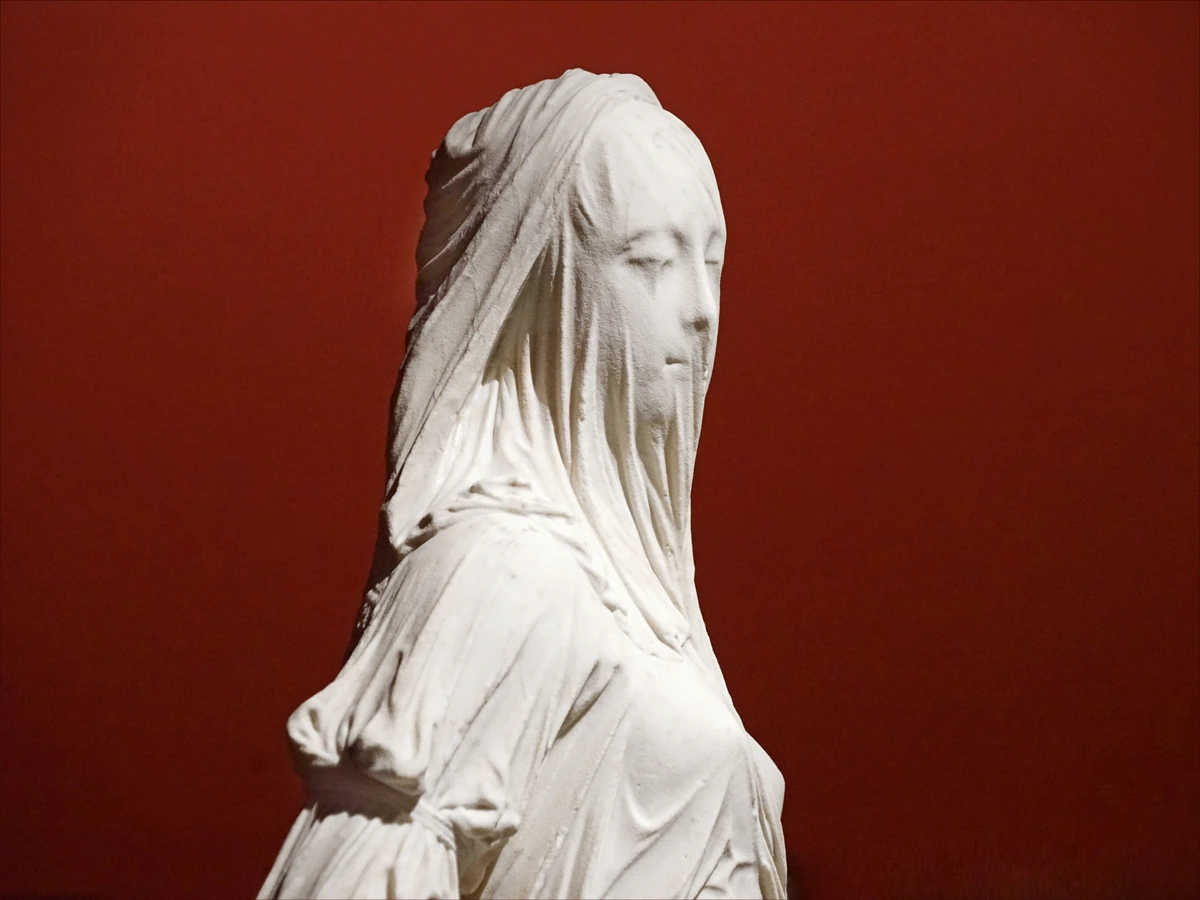
How do museums budget for new acquisitions?
Acquiring new artworks or artifacts is a meticulous process, and the budget comes from very specific sources. Generally, museums don't use their general operating budget for acquisitions. Instead, they rely on dedicated acquisition funds, which are often established through restricted donations from individuals or foundations, or through the income generated by specific endowment funds set up solely for purchases. These decisions are often guided by expert advisory committees or acquisitions boards, ensuring new pieces align with the collection's mission and future exhibition plans. Sometimes, a museum might receive a gift of art directly from a collector or artist, which is another crucial way collections grow without a direct financial outlay from the museum. Significant donors may also fund an acquisition in exchange for naming opportunities, such as naming a gallery, wing, or even the acquired piece itself in their honor. It’s a carefully managed process to ensure new pieces align with the collection's mission and future exhibition plans, often requiring extensive research into understanding art appraisals or art provenance.

How do museums budget for acquiring contemporary art, especially unique or digital pieces?
Acquiring contemporary art, particularly unique installations, performance art, or digital pieces (including NFTs), presents specific budgeting considerations. Funds often come from dedicated contemporary acquisition endowments, grants specifically for new media, or targeted donations from patrons interested in cutting-edge art. For digital art or NFTs, this budget also needs to account for digital storage, authentication, and long-term preservation on the blockchain or secure servers, which are different from traditional physical conservation costs. Often, curators collaborate closely with artists to understand the technical requirements and long-term care needs, ensuring that the financial commitment extends beyond the initial purchase to the ongoing stewardship of the work's unique format. It’s an exciting new challenge, trying to foresee the preservation needs of art forms that didn't even exist a decade ago.
What's the role of earned income versus philanthropic income in a museum's operational sustainability?
Both are absolutely vital, but they serve different purposes and carry different risks. Earned income (tickets, retail, rentals, experiences) provides immediate, flexible funds that can cover daily operational costs. It reflects direct public engagement and market demand. However, it's highly susceptible to external factors like economic downturns or pandemics, as we've seen. Philanthropic income (donations, grants, endowment payouts) often provides greater long-term stability and enables strategic initiatives, ambitious projects, and capital improvements. It’s less volatile in the short term but relies on cultivation and can be tied to specific donor interests. A healthy museum strikes a strategic balance, using robust earned income for flexibility and strong philanthropic support for foundational stability and growth.
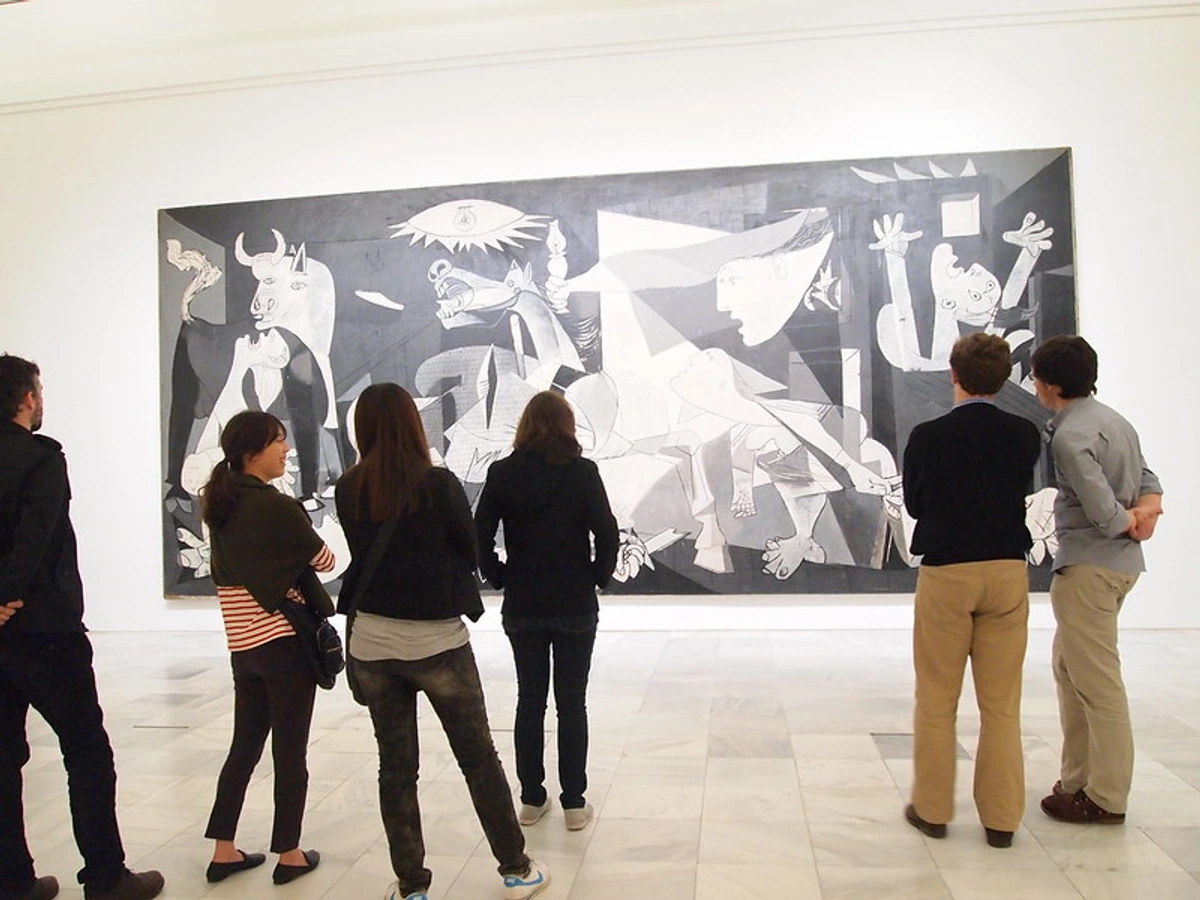
How do museums measure their impact beyond finances?
This is increasingly crucial! Museums measure impact through various non-financial metrics, including visitor engagement surveys, educational program evaluations, tracking the diversity and reach of their audience, assessing scholarly contributions (publications, research fellowships), and documenting community partnerships. Many use robust frameworks, like Logic Models or a Theory of Change, to show how they contribute to well-being, education, and cultural understanding, demonstrating their value to funders and the public alike. We also increasingly report on Diversity, Equity, and Inclusion (DEI) metrics, showing how we are serving broader communities. After all, how can you ask for funding if you can't show the magic you create?
What is the typical lifespan of a capital campaign?
Capital campaigns are significant undertakings and typically span several years. While the quiet phase (cultivating lead gifts) can last 1-3 years, the public phase often runs for another 2-5 years. So, from conception to completion, a major capital campaign can easily take 3-7 years, sometimes even longer for truly monumental projects. It requires sustained effort and dedication from the board, leadership, and development teams – a true marathon, not a sprint.
How does inflation affect museum budgets?
Inflation is a constant concern for museum budgets. Rising costs for everything from utilities, security personnel, conservation materials, and insurance to the increasingly vital digital infrastructure can quickly erode purchasing power. This means that a seemingly stable funding stream, like an endowment payout or a fixed government grant, may actually provide less real-world support year after year. Museums must factor inflation into their financial planning and continually seek increased funding or more efficient operational models to counteract its effects. It's like a quiet, constant antagonist, always chipping away at your resources.
What is the role of a museum director vs. a curator in financial decision-making?
The museum director holds ultimate executive authority for the institution, including overall financial oversight and strategic fundraising for the entire institutional budget. They are responsible for the overall budget, strategic fundraising, financial planning, and ensuring the museum's long-term solvency, working closely with the Board of Trustees. A curator, like myself, manages specific collections or exhibition projects. While I develop and manage project-specific budgets and seek specific grants related to my curatorial area (e.g., an exhibition, a conservation project, an acquisition of an abstract piece), my financial role is typically focused on resource allocation within my curatorial area, rather than the institution's overarching financial strategy. We propose, the director and board approve and secure the larger funding picture. It's a collaborative hierarchy, really.
How can I personally support museums?
There are numerous ways, each invaluable! You can purchase a ticket, become a member, make a direct donation (even modest contributions collectively make a significant impact), visit the gift shop or cafe, volunteer your time, attend events, share compelling exhibitions on social media, or simply spread the word about a cultural institution you love. Every interaction and every bit of financial or advocacy support truly reinforces the museum's ability to fulfill its mission and keeps the doors to culture open for everyone. Even discovering new artists, like finding this piece by Yoshitomo Nara, and supporting institutions that showcase such works helps to sustain the entire ecosystem. Don't forget, directly patronizing independent artists whose work you admire is another powerful way to contribute to the wider art world!
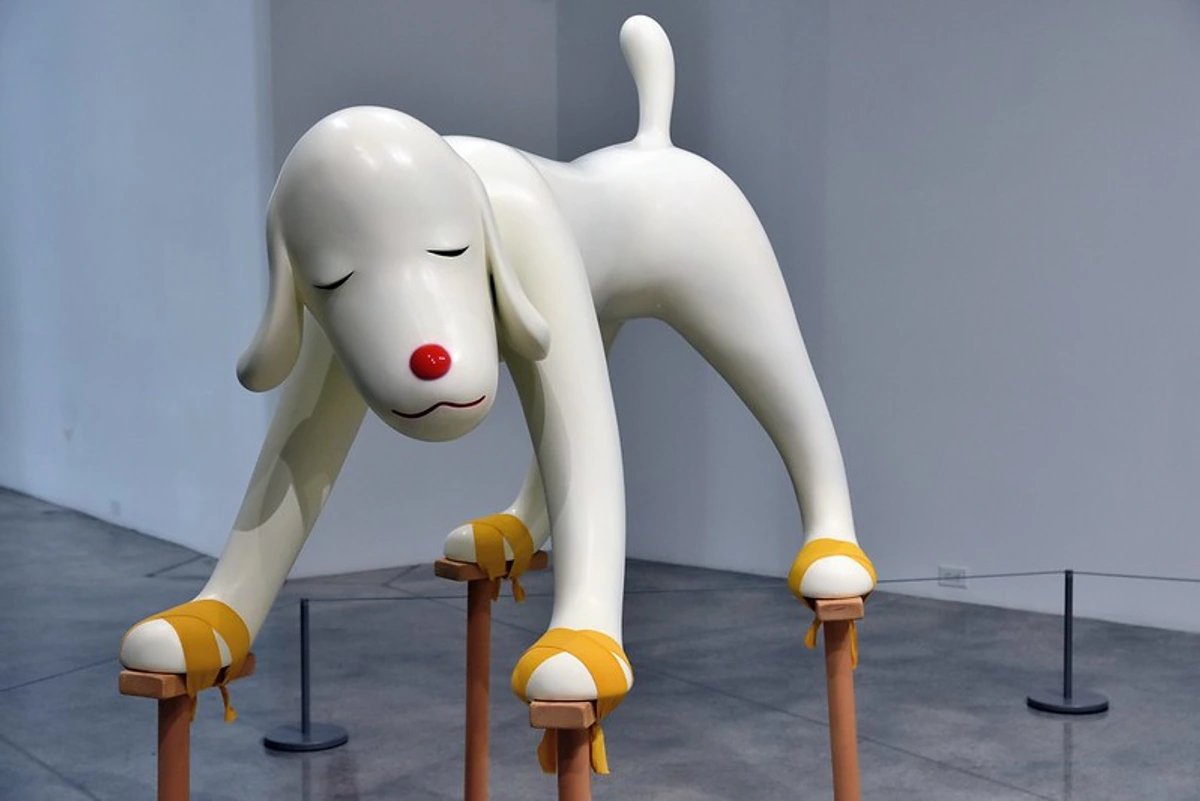
What are the biggest challenges for museum funding today?
It's a complex, multi-layered challenge, not a single antagonist. Key hurdles include continually rising operational costs (especially for climate control, security, and the increasingly vital digital infrastructure for online engagement), intense competition for philanthropic dollars, the need to adapt to evolving audience expectations (demanding more immersive and interactive experiences), and the ongoing vulnerability to economic downturns and shifts in government priorities. Cultivating new generations of donors and ensuring long-term financial resilience through a diversified portfolio of income streams are constant efforts for museum leadership and development teams. And then there's always the ethical tightrope, ensuring that funding doesn't compromise mission. It’s a bit like trying to solve a Rubik's Cube blindfolded, sometimes!

Final Thoughts: Sustaining Our Cultural Heritage
The next time you step into a museum, I hope you'll not only see the captivating objects but also the intricate financial framework that sustains them. It’s a testament to human ingenuity and our collective commitment to preserving beauty, knowledge, and history for generations to come. I recall a quiet afternoon in a small, regional museum once, marveling at a delicate 17th-century miniature – a piece that would simply not exist without the quiet, relentless work of development teams, diligent board members, and the continuous flow of diverse funding. That experience, that connection across centuries, was made possible by the very mechanisms we've explored here. From government grants to the purchase of a simple postcard, every contribution plays a part in this delicate, yet absolutely essential, balance. Understanding these funding models helps us appreciate the monumental effort involved in keeping these cultural bastions alive and thriving. Your own engagement, whether by stepping through those doors, becoming a member, advocating for cultural funding, finding unique pieces from independent creators, or simply spreading the word about a cultural institution you love, contributes to the vibrant ecosystem that supports both institutions and artists alike. It allows for the hidden heroes behind the scenes – from conservators to educators, many of whom you can learn about in roles-in-a-museum-whos-who-behind-the-scenes – to do their vital work, unhindered. It’s a continuous, dynamic challenge, but one that is ultimately worth every effort to safeguard humanity's shared legacy and empower the next wave of artistic innovation. And who knows, maybe that visit will inspire you to create something beautiful yourself, much like the process behind this vibrant abstract piece.






